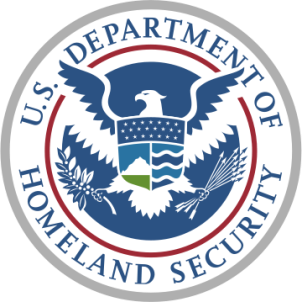Forget Earmarks, FEMA Declarations Show Federalization Run Amok: "
The 2010 hurricane season ended yesterday, utterly failing to measure up to the Category 5 predictions made in the spring. The failure of a single hurricane to strike the United States makes it five years since a hurricane of Category 3 strength or higher has struck the United States. You remember 2005, right? The year Hurricanes Katrina, Rita, and Wilma pummeled the Gulf Coast, FEMA Director Mike Brown, and President George W. Bush. Those were the busy days of FEMA.
Despite no hurricanes striking the U.S. and only one minor earthquake, FEMA has issued 106 declarations in 2010 and is projected to end the year (1/20/10 to 1/19/2011) with 123 issued declarations. President Barack Obama is on pace to close his first two years in office with 231 FEMA declarations, which would be the most issued by a president in his first two years and he did it without one hurricane striking the United States. To put President Obama’s pace in perspective, President Ronald Reagan’s FEMA issued 228 declarations over the course of his entire presidency. President Bill Clinton, current holder of the most FEMA declarations in one year (157 in 1996), only mustered 115 declarations in his first two years. Even the prodigious FEMA under President Bush hit 220 declarations in his first two years.
Even if we just look at Major Disaster Declarations — the most severe FEMA declaration — President Obama already has issued 79 in 2010, which is a single year record for FEMA. President Clinton’s 1996 record year only saw 75 Major Disaster Declarations. President Bush, burned by 2005, matched President Clinton’s 75 Major Disaster Declarations in 2008. With 50 days remaining in the year, President Obama sits tied with President Bush for the most Major Disaster Declarations over a two year period with 138 (Bush hit that mark in 2007-2008). If Las Vegas took odds on such things, it would be a pretty safe bet to make that President Obama will end the year as the two year record holder.
This madness must end, as it symbolizes the federalization of our lives in a heretofore unprecedented manner.
From 1787 to 1992, virtually every natural disaster that occurred in America was handled entirely by states and localities and without any federal involvement. Starting in 1993, we have federalized more natural disasters every presidential administration. From tornadoes to floods to fires to storms, events that just twenty years ago were ignored by Washington are today treated as if a Category 5 hurricane has hit. This federalization, like Medicaid, transportation, and earmarks, has created a growing level of dependency by states and localities on FEMA to the point where state emergency management budgets have been cut knowing that FEMA would subsidize the state’s natural disaster functions.
As a result, states aren’t prepared for the routine and FEMA spends too little time preparing for the truly catastrophic. Perhaps with the needed federal budget cuts, the Congress will heed our calls over the last four years to amend the Stafford Act to eliminate certain categories of natural disasters from being eligible for FEMA declarations and substantially increasing the threshold requirement to obtain a FEMA declaration:
- The Solution to FEMA’s Budget Woes Is Not More Money
- Federalizing Disasters Weakens FEMA–and Hurts Americans Hit by Catastrophes
- States: Stop Subsidizing FEMA Waste and Manage Your Own Local Disasters
- Homeowners’ Defense Act Rewards States for Bad Property Insurance Decisions
- Principles for Reform of Catastrophic Natural Disaster Insurance
- Hurricane Insurance: Forcing All to Subsidize the Few
- The Local Role in Disaster Response: Lessons from Katrina and the California Wildfires
- FEMA and Federalism: Washington Is Moving in the Wrong Direction
The Senate couldn’t kill earmarks. Maybe it can handle FEMA.
"
No comments:
Post a Comment